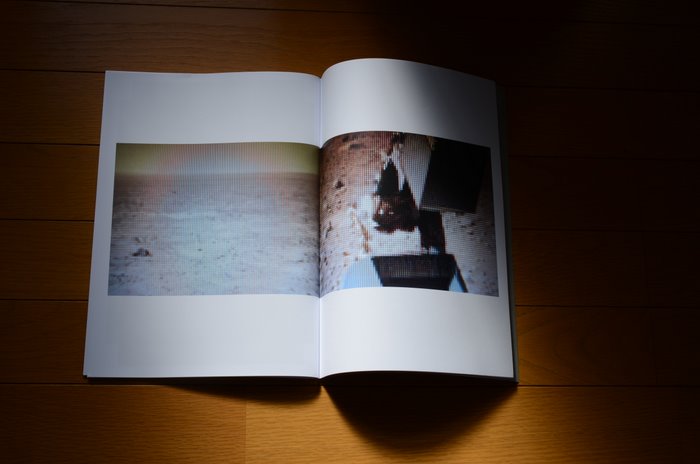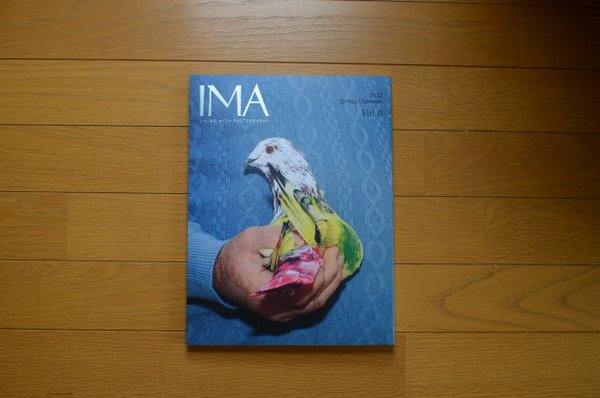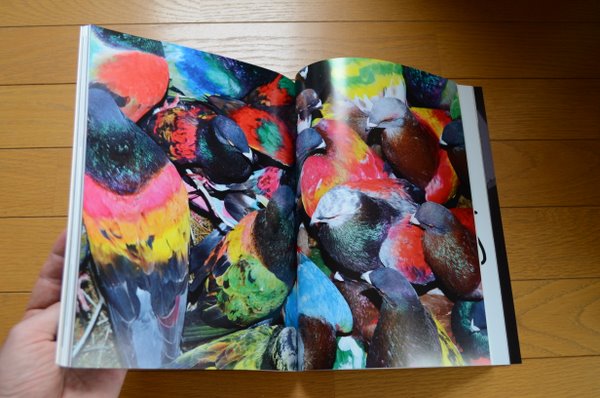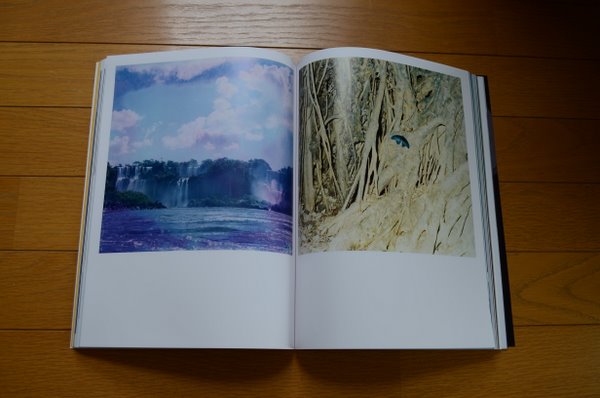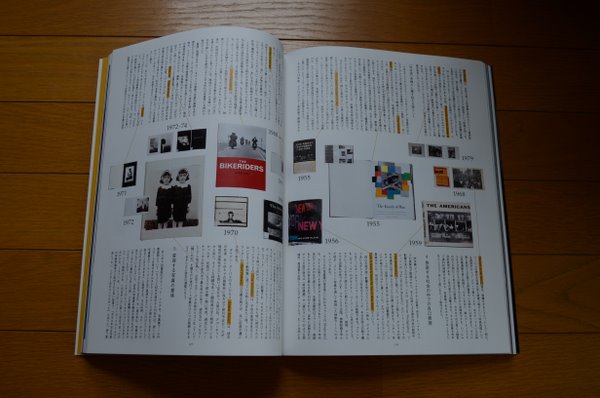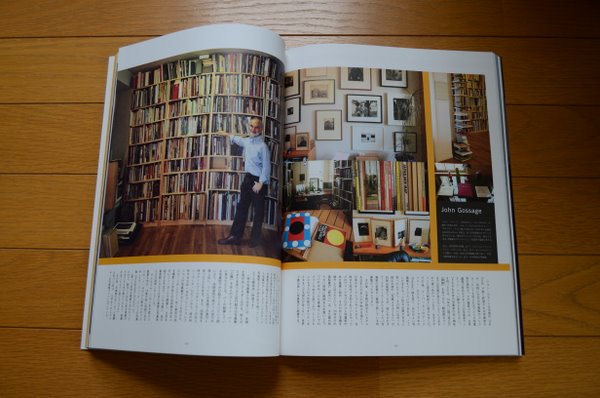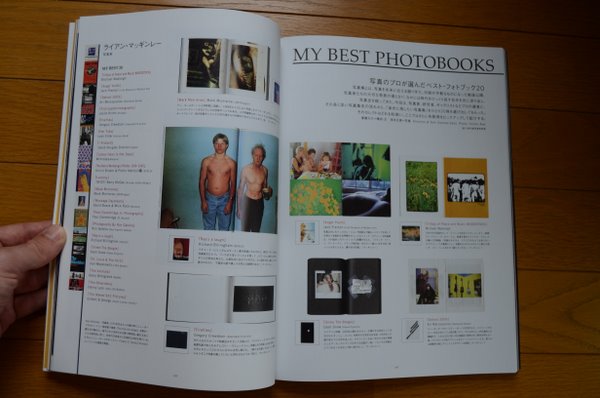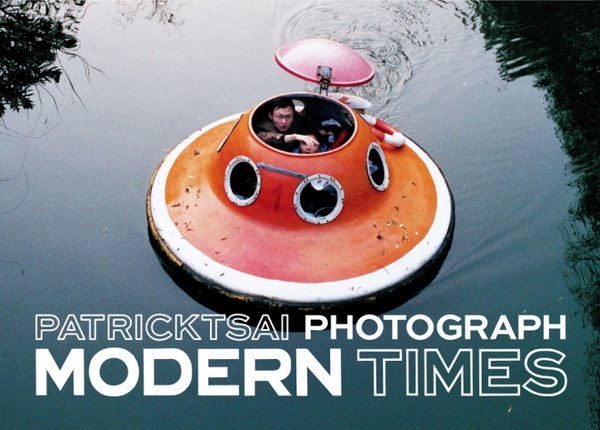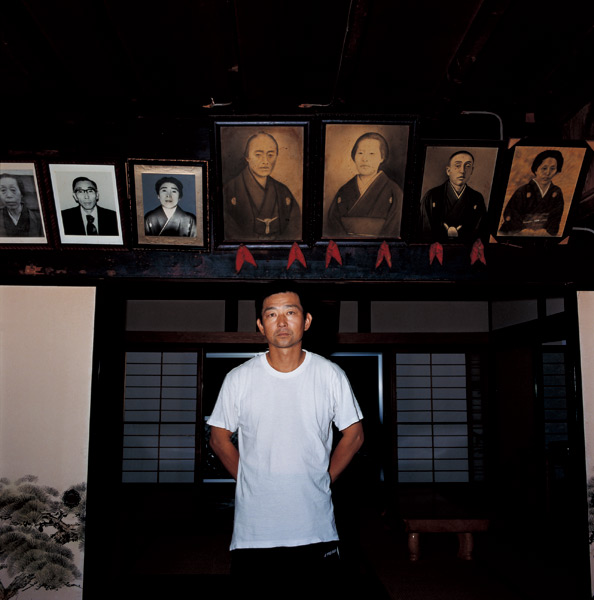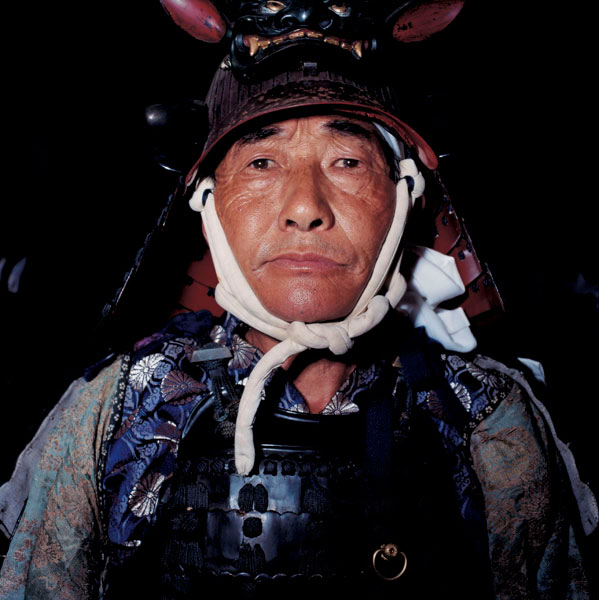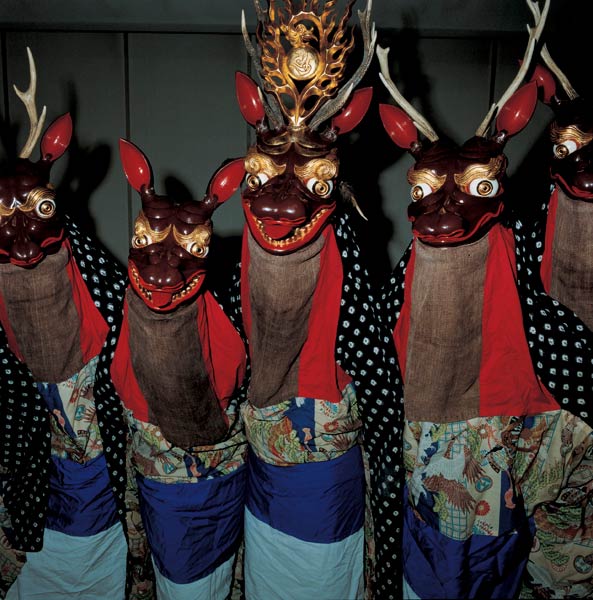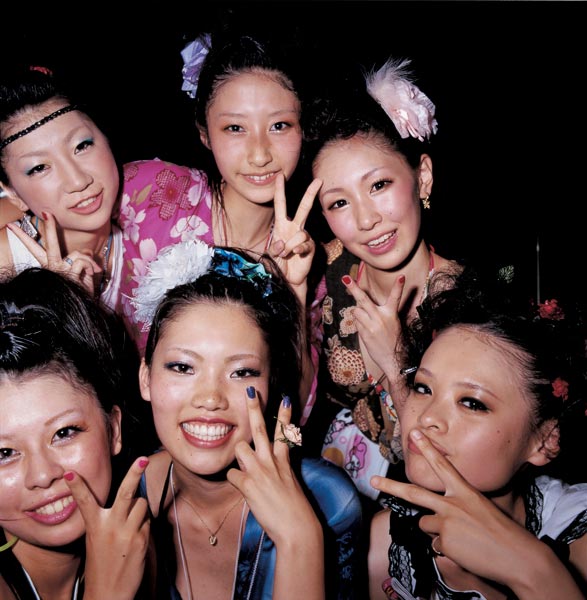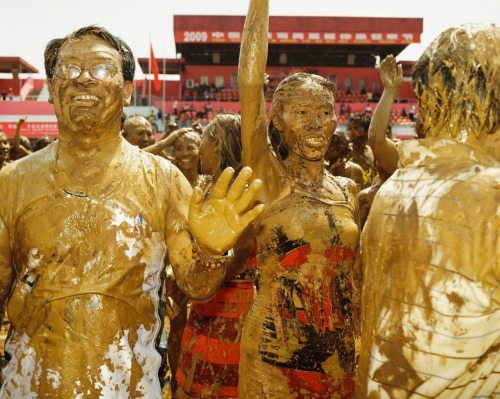Cover featuring Ricardo Cases
Photography magazines in Japan have been shuttering over the last few years, but a new one that’s just now launching fills a vital need for the Japanese photo world. IMA is a publication funded by amana group, a visual communications company based in Tokyo. The debut Issue #0 was being given away as a kind of trial before the official launch in August. I am very excited about the possibilities of this magazine for broadening the horizon of the Japanese photography scene. To put it simply, IMA takes information that’s been floating around the (Western, predominantly English-language) internet and turns it into a physical, Japanese-only form. This means that Ricardo Cases’ “Paloma al Aire” is on the cover, and Yukichi Watabe’s “A Criminal Investigation” also gets a big feature. (This book has only been received over here by photobook nerds—it hasn’t had any Japanese distribution.)
Yes, these will not be new discoveries for anyone who’s been following photography blogs, but the point of this magazine is to fill in the gaps left by the almost complete lack of photography blogs in Japan. Yes, August Sander and William Eggleston are not the new kids on the block, and their inclusion could be easily mocked, but this magazine is quite literally starting from zero and building up from there.
The photographers’ features are all printed on different stocks of paper, like Foam, and in the back there are a bunch of interesting lists of “Top 20 Photobooks” from notable photography people. We also get a look at John Gossage’s book collection and Alec Soth’s studio. None of the text at all is in Englsh, which might frustrate some potential readers, myself included. I’m often dismayed with how many things in Japan restrict themselves to a Japanese-only audience, but I think this is a case where it’s really not a problem: IMA is positioning itself as a conduit for information from outside of Japan to flow in, and not the other way around. (It is significant that all the work by Japanese photographers featured in IMA—Rinko Kawauchi, Kenji Hirasawa and Watabe Yukichi—was published abroad.) In that sense, there’s just no need to include English. The publisher has already spent quite enough money on the different paper stocks and beautiful printing of the magazine, and I’m happy enough with that.
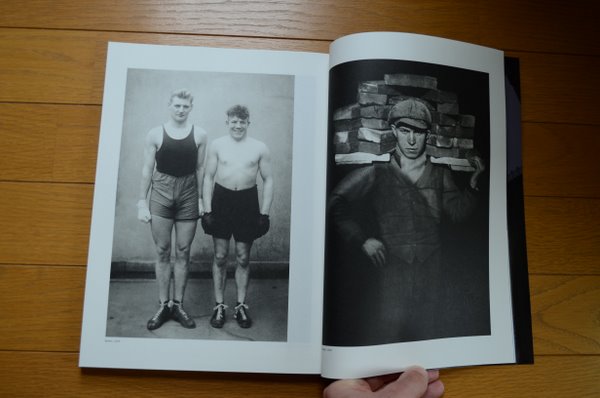
August Sander
Ricardo Cases
Rinko Kawauchi
William Eggleston
An article tracing the history of the photobook in America
John Gossage with his collection of books
A section with people listing their top 20 photobooks. This page shows Ryan McGinley’s choices

